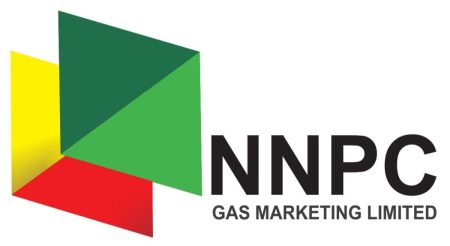
15 September 2016, London — India’s gasoline consumption is growing rapidly as millions of additional households buy motor cars and especially motorcycles as a status symbol amid growing prosperity.
Gasoline consumption averaged 550,000 barrels per day between June and August, an increase of nearly 15 percent from 480,000 b/d a year earlier.
Gasoline consumption hit a new record of 600,000 b/d in August, according to the Ministry of Petroleum and Natural Gas.
Consumption remains low compared with the advanced economies or China, the other emerging-market giant, but no other country is exhibiting such fast and sustained growth.
The number of registered vehicles on India’s roads has been doubling every seven years and hit 182 million in 2013, according to the Ministry of Road Transport and Highways (“Road transport yearbook”, 2012/13).
The majority of registered vehicles in 2013 were motorcycles (133 million) with a much smaller number of cars, jeeps and taxis (25 million) and goods vehicles (9 million).
Unlike cars, many of which run on diesel, motorcycles all run on gasoline. Motorcycles accounted for more than 60 percent of all gasoline sales in 2013 (“All India study on sectoral demand of diesel and petrol”, Nielsen, 2013).
Motorcycle sales have been expanding at a compound growth rate of 7 percent per year since 2010/11 and hit a record 16.5 million in 2015/16, according to the Society of Indian Automobile Manufacturers.
In contrast, car sales have grown at a compound rate of just over 2 percent per year and reached 2.8 million in 2015/16.
Owning a personal vehicle rather than relying on public transport is an important status symbol for India’s fast-expanding middle class but many buyers opt for motorcycles due to cheaper purchase and operating costs.
“The majority of the middle-class, middle-income population including college students prefer to travel by two-wheelers, as it is more economical,” a market research report for the government said.
Motorcycles are also far more maneuverable in the country’s crowded urban streets and highways.
Two-wheelers use far less fuel than cars but the sheer number of motorcycles being added to the country’s roads each year is propelling rapid growth in fuel consumption.
India’s fuel demand would be growing even faster if consumers were buying cars (“As long as India’s oil demand is driven by mopeds, it won’t be the new China”, Reuters, July 13).
But consumption is nonetheless growing fast as millions more people use a motorcycle rather than walking or taking public transport, which is the relevant baseline for oil demand.
Vehicle ownership rates in India remain far below the level in advanced economies as well as other middle-income developing countries, according to the Ministry of Road Transport and Highways.
India’s motorcycle ownership rates are fairly high, at 108 motorcycles per 1,000 population, and steadily increasing, which puts the country ahead of most peers, though far behind Malaysia with 362.
But overall vehicle penetration remains low, at 149 motor vehicles per 1,000 population, compared with 273 in Brazil, 277 in Mexico, 512 in Britain and 781 in the United States.
So there is enormous scope for fuel demand to increase over the next decade as more households obtain access to a motor vehicle – initially two-wheelers before some upgrade to four wheels.
*John Kemp; Editing – Dale Hudson – Reuters



